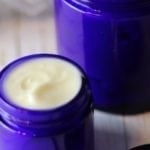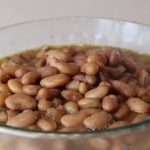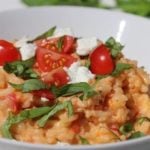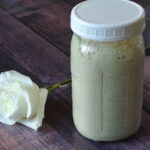Fermented herbs are my favorite way to preserve the overflow of herbs that come out of the garden at this time of the year! Of course I like to dry some as well, but you can’t beat the fresh flavor plus the probiotic punch of fermented herbs. Once fermented, I like to add them to salads, dips, and salsas. For a few minutes of prep now, you can enjoy summer freshness all fall and winter long!
Fermented herb options:
I actually make several jars that I use for different purposes. While I am prepping dinner, I will take a few minutes to work on a ferment like this as well. I like to do a combination of herbs like basil, parsley, dill, and cilantro for a general ferment to add to salad dressings (chopped finely). Usually I will do a jar of just fermented cilantro for making salsas (roughly cut by hand) or for topping tacos and fajitas. Another good solo herb ferment that I like to do is dill. This is great for topping fish, but I also love to add it to my magnesium rich ranch dressing and my probiotic tartar sauce as well.
One herb ferment that I have been meaning to do is tarragon. Unfortunately, harvests of tarragon have been pretty scantly, so I generally just use it fresh. If you happen to have an excess of tarragon coming from your garden, however, I would ferment it and add it to homemade mayo for a tarragon aioli! As you can see, the possibilities are endless!
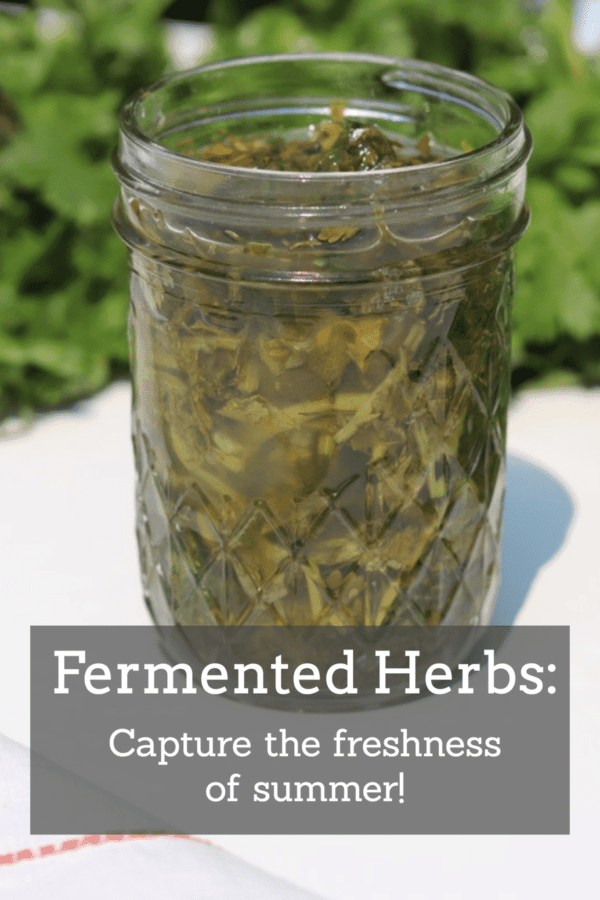
Should I use a starter culture to ferment my herbs?
I like to use a starter culture to ferment my herbs, but it isn’t necessary. The herbs have enough natural bacteria on them to ferment with just using salt. Since you don’t know exactly what bacteria, however, the results are less reliable than when you use a starter. For me, the predictability and reliability are worth the cost of the starter. It is so disappointing to have a ferment not turn out! As a busy mom, I just don’t have time to waste, but if you are the adventurous type or a purist, you may want to go the salt only route.
How to make fermented herbs You will need:
- Chopped fresh herbs
- garlic, optional
- Sterilized mason jar
- Airlock lid (optional, but very good at protecting your ferment from mold!)
- Fermentation weight or large rock
- Celtic Sea Salt
- Starter Culture
Directions for fermented herbs:
- If you are using a starter culture, dissolve it into a couple of tablespoons of filtered water. The packet will tell you how much salt to use with the starter. For my starter culture, I use 1 tablespoon of Celtic salt with 1 1/4 teaspoons starter.
- Dissolve the Celtic salt in hot water. If you are not using a starter culture, your brine will need more salt. In this case, dissolve 3 tablespoons of Celtic salt in one quart of hot or warm water.
- Next, chop your herbs. I like to do this by hand for ferments that I am going to add to salsa, but I like to do it in the food processor for the fermented herbs that I want to add to salad dressings or dips.
- Pack your jar tightly with your chopped herbs. I love to add a couple of cloves of garlic as well.
- If you are using a starter culture, pour it over the herbs now. Fill the jar the rest of the way with your dissolved salt water (be sure it is cooled down so that it doesn’t kill the starter!) If any of the herbs are not covered in water, pour filtered water into the jar until they are completely covered.
- Use a fermentation weight or a large flat rock to weigh down the herbs and keep them under the brine.
- Top with an airlock lid or a regular lid if you don’t have one.
- Leave on your counter out of direct sunlight for about 3 days. Check on your herbs periodically during this time to be sure that the herbs are submerged and to check the flavor. In the warmer temperatures of summer, it will ferment much faster than if you were making it during the winter.
- Once your fermented herbs have reached the flavor you like, replace the airlock lid with a regular or plastic mason jar lid and refrigerate.
- Use your herbs in salad dressings, add them to dips, or create fresh salsas with them. Really, the possibilities are endless.
Fermented Herbs
Ingredients
- Enough chopped herbs to fill a mason jar quart or pint
- Celtic sea salt
- Filtered water
- Starter culture optional, I use Cutting Edge
Instructions
- If you are using a starter culture, dissolve it into a couple of tablespoons of filtered water. The packet will tell you how much salt to use with the starter. For my starter culture, I use 1 tablespoon of Celtic salt with 1 1/4 teaspoons starter.
- Dissolve the Celtic salt in hot water. If you are not using a starter culture, your brine will need more salt. In this case, dissolve 3 tablespoons of Celtic salt in one quart of hot or warm water.
- Next, chop your herbs. I like to do this by hand for ferments that I am going to add to salsa, but I like to do it in the food processor for the fermented herbs that I want to add to salad dressings or dips.
- Pack your jar tightly with your chopped herbs. I love to add a couple of cloves of garlic as well.
- If you are using a starter culture, pour it over the herbs now. Fill the jar the rest of the way with your dissolved salt water (be sure it is cooled down so that it doesn't kill the starter!) If any of the herbs are not covered in water, pour filtered water into the jar until they are completely covered.
- Use a fermentation weight or a large flat rock to weigh down the herbs and keep them under the brine.
- Top with an airlock lid or a regular lid if you don't have one.
- Leave on your counter out of direct sunlight for about 3 days. Check on your herbs periodically during this time to be sure that the herbs are submerged and to check the flavor. In the warmer temperatures of summer, it will ferment much faster than if you were making it during the winter.
- Once your fermented herbs have reached the flavor you like, replace the airlock lid with a regular or plastic mason jar lid and refrigerate.
- Use your herbs in salad dressings, add them to dips, or create fresh salsas with them. Really, the possibilities are endless.
Have you ever fermented herbs before? Do you want to try?














